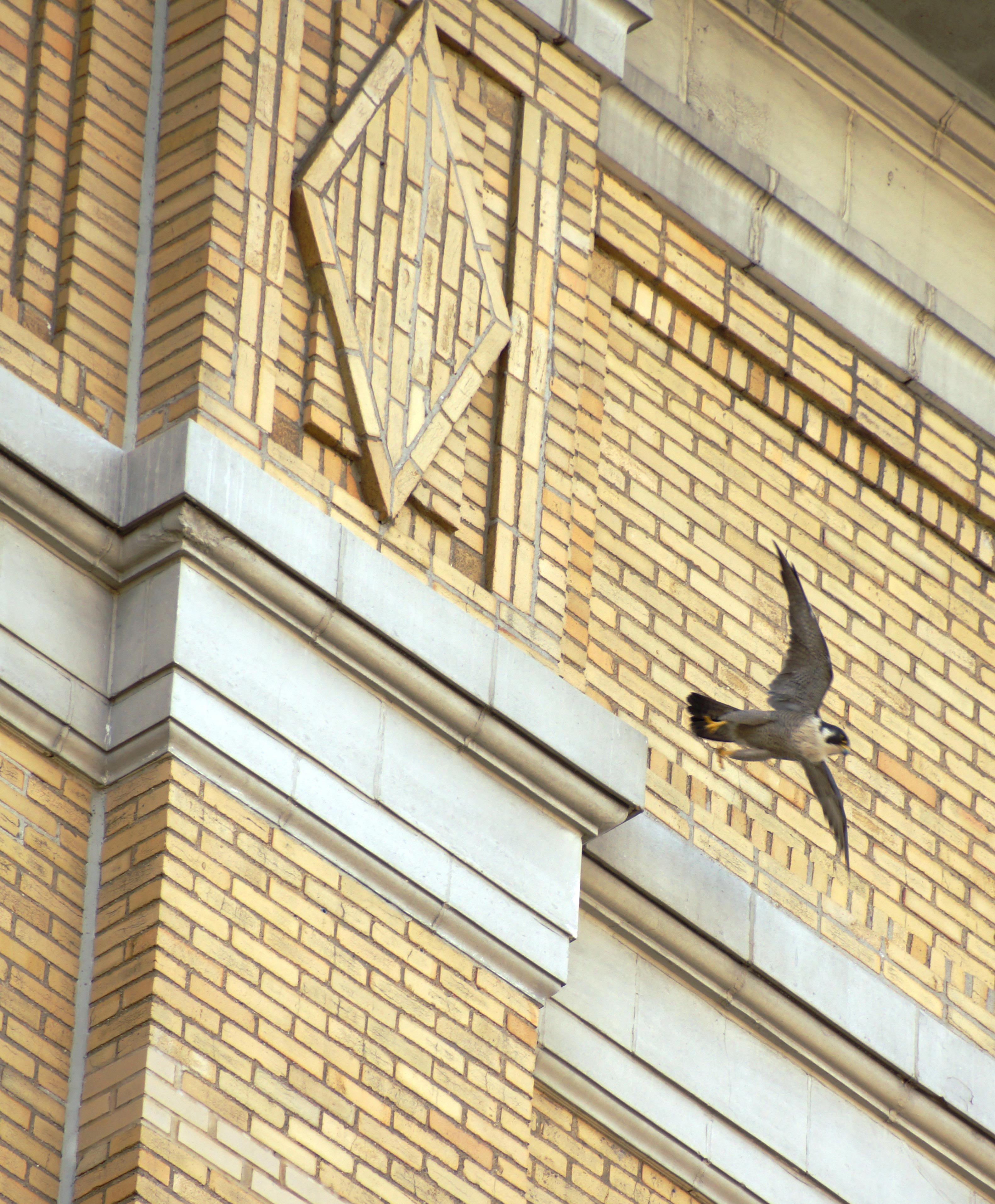

The falcon’s speed, which can exceed 200 miles an hour, is unmatched by any other animal. To be sure, there is perhaps no better place to see peregrines strut their stuff than in the Adirondacks. “They need either a cliff or a building or a bridge. “Peregrine falcons will always be limited by nesting availability,” he added.

He has studied the birds for two decades, sometimes spending several hours a day observing and recording the behavior of a single breeding pair. “They prefer the highest and most sheer of the cliffs,” explained Eric Teed, a naturalist who has advised the New York State Department of Environmental Conservation (DEC), both formally and informally, on peregrine falcons in the Adirondacks. Every spring, they create so-called “scrapes” for their eggs (as opposed to nests made from sticks) by scratching away dirt and rocks on ledges hundreds of feet off the ground. In the Adirondacks, they use cliffs and other rock faces as nature intended. New York City, where the falcons lay their eggs on ledges of tall buildings, is said to have the largest urban population of peregrine falcons in the world.īut those bridges and buildings are stand-ins for the birds’ natural nesting sites. One of those-the peregrine falcon, an iconic hunter and flier-has come back from the brink of extinction, to the point that the raptor now nests on every Hudson River bridge south of Albany. Since the publication of Rachel Carson’s landmark Silent Spring, which documented the dangers of pesticides, birds of prey have rebounded across New York.


 0 kommentar(er)
0 kommentar(er)
